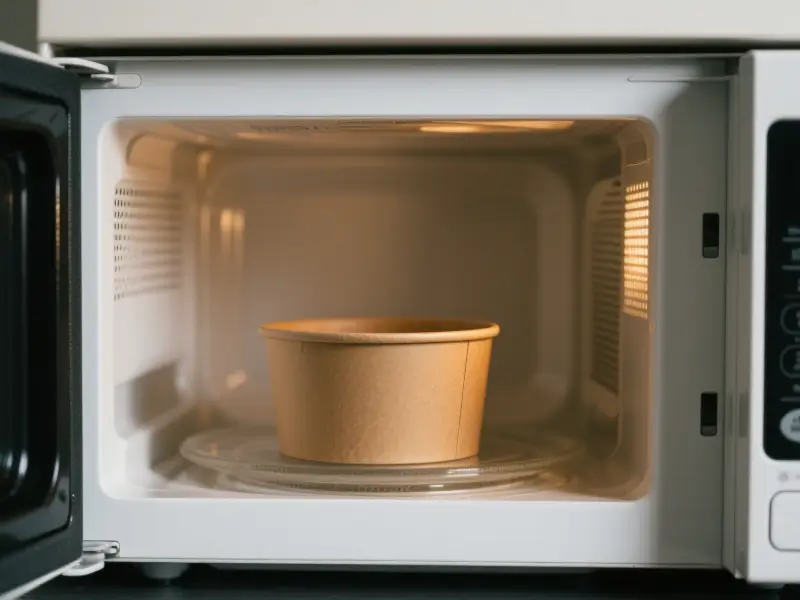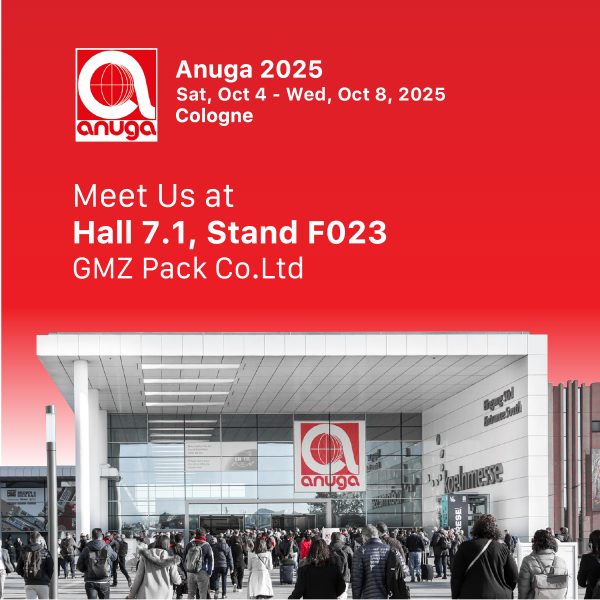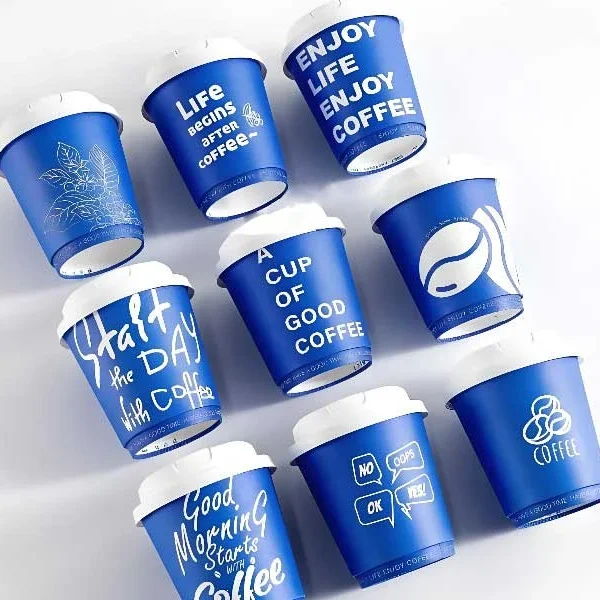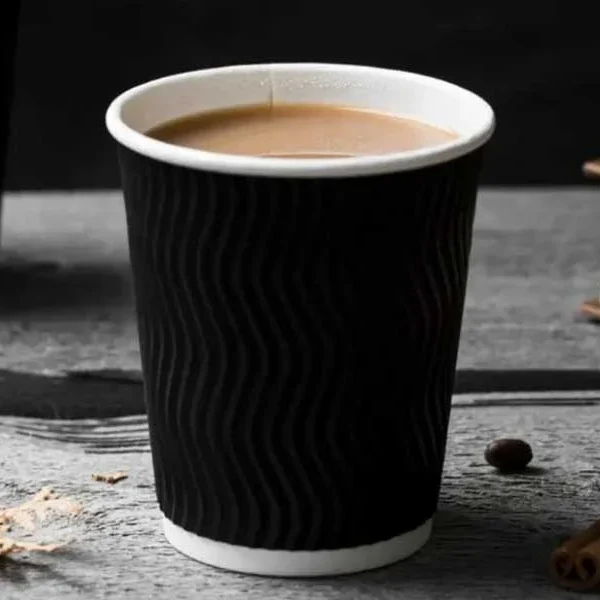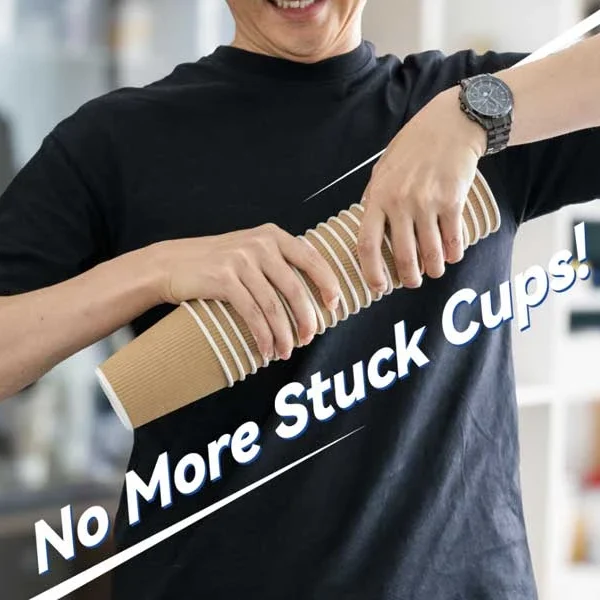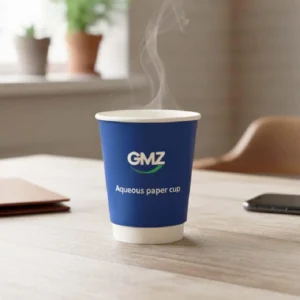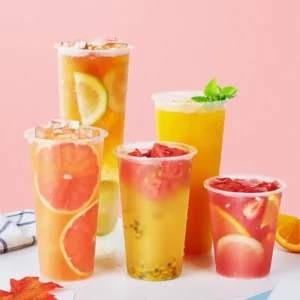In the fast-moving world of takeout, quick-service restaurants, and central kitchens, microwaving isn’t just a convenience—it’s part of the daily routine. From piping hot soups to baked rice bowls, fast and consistent heating helps keep orders flowing and customers coming back.
But here’s something many overlook: not every disposable paper bowl can handle microwave heat. Choose the wrong one, and the outcome can be messy. Bowls collapse, soup spills, and customers complain. In the worst cases, the microwave gets damaged, or food safety becomes a real concern. That seemingly simple bowl? It can make or break the dining experience.
At GMZ, we’ve supplied countless paper bowls to delivery platforms, fast-food chains, and large-scale kitchens. We’ve seen firsthand how easy it is to run into problems when the wrong material is used. That’s why we’ve put together this guide—to share what kind of paper bowls are microwave-safe, which ones aren’t, and what really matters when you’re choosing the right product.
Can You Microwave Paper Bowls? Here’s What Really Matters
The quick answer? It depends.
Microwaves heat food by causing water molecules to vibrate, which generates heat quickly. That’s great for busy kitchens—but it also means anything that can’t handle high temperatures could go wrong quickly. When it comes to disposable paper bowls, the real question isn’t just “Is it paper?” but “What’s it made of, and how well is it built?”
1. Is the Coating Heat-Resistant?
Most paper bowls are made from pulp, but their microwave safety often depends on the thin inner coating that you can’t even see. This coating is what keeps soup from soaking through, but it also determines how the bowl handles heat.
The most common material is PE (polyethylene). It’s fine for room-temperature or cold foods, but not great for the microwave. PE softens around 80°C (176°F) and may even release harmful chemicals if overheated. That’s why it’s not recommended for use in the microwave.
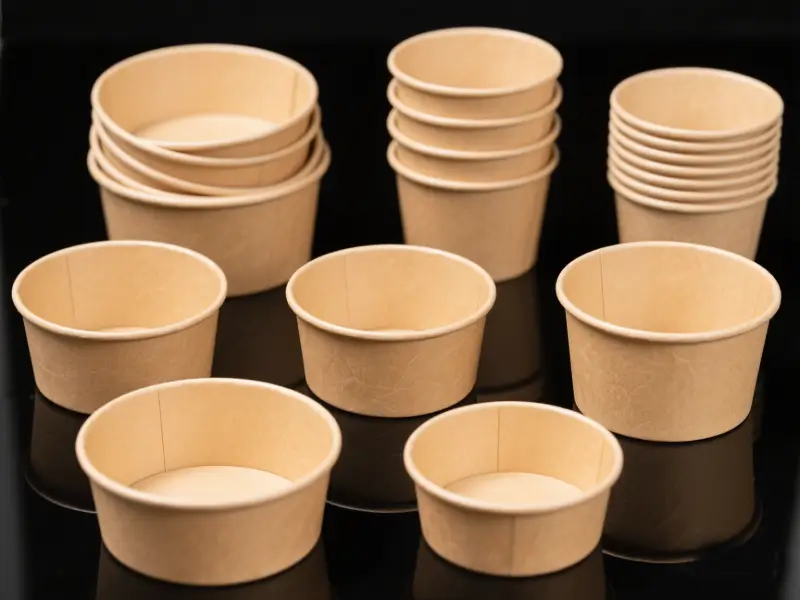
Next is PLA (polylactic acid), a plant-based coating that’s eco-friendly and non-toxic. It can handle up to 120°C (248°F), making it a better choice for quick microwave heating. But it’s still not perfect for long or high-power sessions.
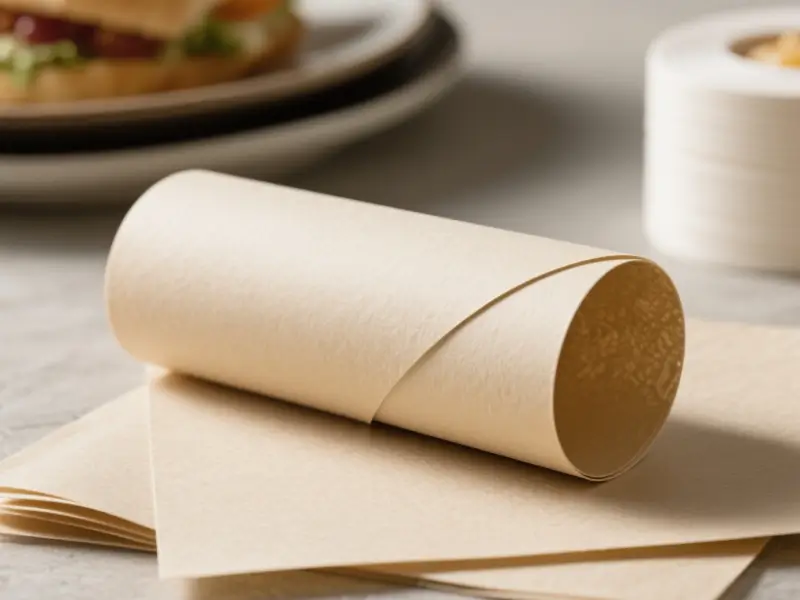
The best performer in this category? PP (polypropylene). It’s built to withstand up to 140°C (284°F) without melting, warping, or leaking. Even with hot soup or saucy meals, PP-coated bowls stay stable and safe. For peace of mind during reheating, look for PP coatings or bowls that are clearly marked “microwave-safe.”
2. Is the Lid Made for Heat?
Here’s the part many brands overlook: the lid matters just as much as the bowl.
Even if the bowl itself is microwave-safe, a poorly matched lid can ruin everything. Some lids may look clear and sturdy but are made of PET (polyethylene terephthalate)—a plastic that starts to deform at just 60°C (140°F). That means the moment it hits the microwave, it could warp, puff up, or melt.

A safer option is PP lids. They offer high heat resistance and often come with built-in steam vents. These vents let pressure escape and prevent the lid from popping off or causing splatters. If you microwave food with a sealed lid and no vent, pressure builds fast—and that’s a recipe for a mess, or worse, an accident.
So don’t just check the bowl. Always make sure the lid is up to the job, too. Your safest combo? A PP-coated bowl with a vented PP lid. That’s what a true “microwave-safe” set looks like.
3. Is the Structure Strong Enough?
When it comes to microwave safety, it’s not just about the materials—the bowl’s overall structure also plays a big role. Some paper bowls may look thick and sturdy at first glance. But under microwave heat, the base may bulge, the rim may loosen or curl, and what seemed reliable suddenly becomes a mess. One quick tilt while grabbing the bowl, and you’ve got soup everywhere—not exactly a great dining experience.
This is especially true with hot, high-moisture dishes like soups or baked rice. During microwaving, steam pressure builds inside the bowl. If the body is too thin or the rolled rim isn’t well secured, the bowl can easily warp or start leaking mid-heat.
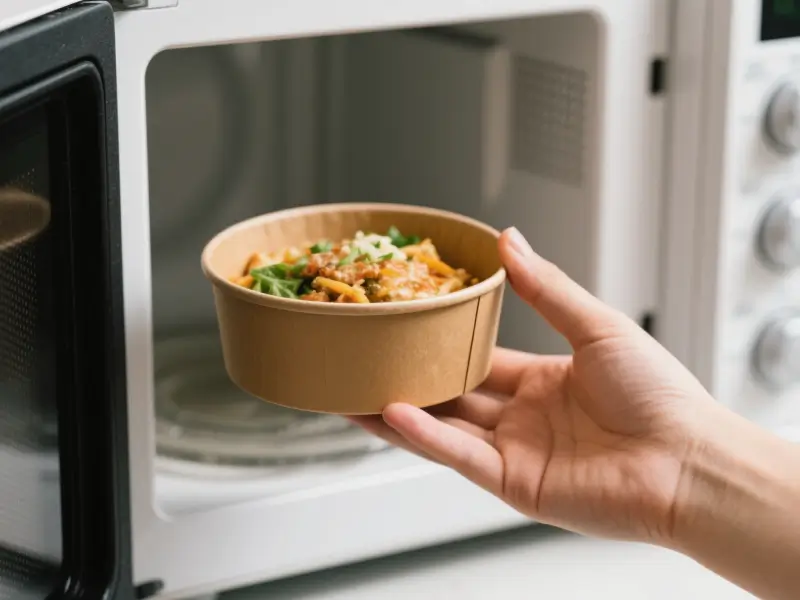
Then there are single-layer thin-walled bowls. These often suffer from what we call a “bowl collapse”—heat gathers in one area, usually the base or sides, and the whole structure loses balance. It might not fall apart, but it definitely won’t feel stable in the customer’s hands.
That’s why, when choosing paper bowls for microwave use, structural design matters. Look for reinforced bases, double-layer walls, or thickened rolled rims. These little design details make a big difference in how the bowl performs under heat. A sturdy build paired with heat-resistant materials? That’s the winning combo for microwave-safe paper bowls.
Which Types of Disposable Paper Bowls Are Microwave-Safe?
Now that we’ve made it clear—not all paper bowls are safe for the microwave—how do you choose the right ones? Based on real-world usage and customer feedback, three types of disposable paper bowls stand out. They’re safer, more stable, and widely used by fast-food chains, central kitchens, and food delivery platforms.
1. PLA-Coated Paper Bowls
PLA (polylactic acid) is a plant-based material made from things like corn starch and sugarcane. It’s biodegradable, non-toxic, and won’t release harmful chemicals when heated. With a heat tolerance around 110–120°C (230–248°F), it’s a solid choice for short microwave sessions—perfect for heating rice bowls, bento boxes, or meals with minimal liquid.
If your brand values sustainability and eco-friendly packaging, PLA-coated bowls are a great fit. They support green practices and help build a modern, responsible brand image.
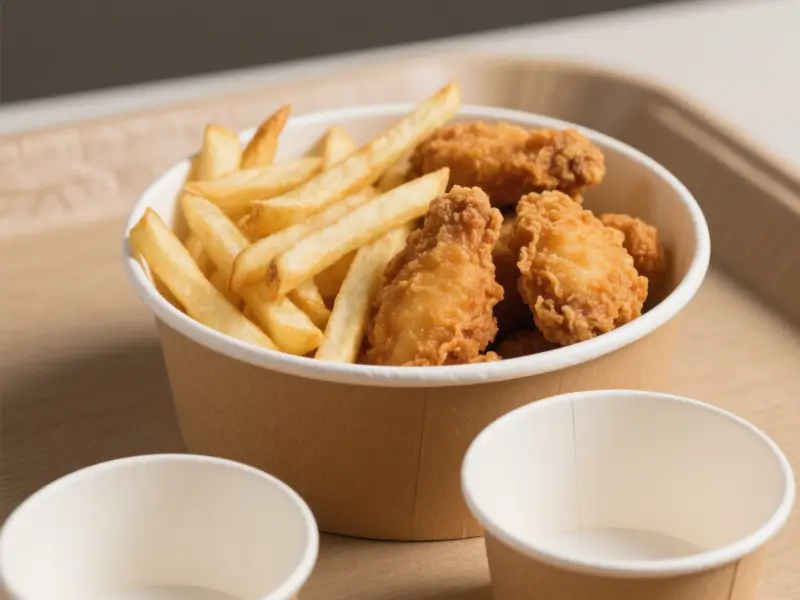
2. PP-Coated Paper Bowls
If you need something stronger, opt for a PP (polypropylene) coating. It handles 130–140°C (266–284°F) with ease, making it the most microwave-friendly option currently available. It’s especially suited for hot soups, noodle dishes, curry, and stews. Even with longer heating times, PP-coated bowls stay firm, leak-free, and safe. That’s why many major restaurant chains rely on PP bowls for their hot meal packaging—they’re consistent, durable, and microwave-ready.

3. Double-Wall, Reinforced Paper Bowls
It’s not just about coating—the structure matters too. For high-temperature dishes like soups, baked rice, or thick noodle broths, single-wall bowls can’t always keep up. They may warp or sag during heating, making them hard to handle. Double-wall paper bowls are built differently. They use a “pulp + support layer” combo that boosts strength and heat insulation. The reinforced base keeps the bowl stable even after heating, reducing the risk of spills or burns.
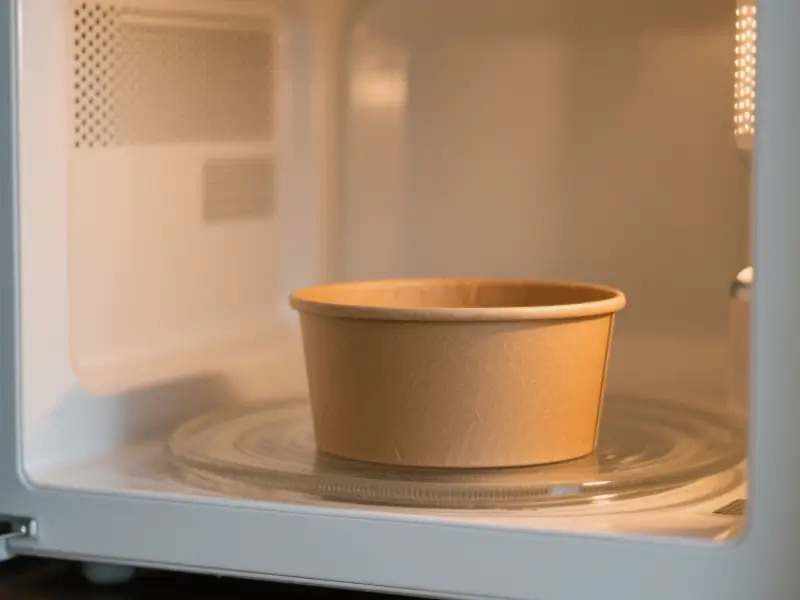
If your meals are usually served hot or if your customers include busy families or office workers, double-wall bowls are a smart and reliable choice for microwave-safe packaging.
GMZ’s Custom Microwave-Ready Bowl Solutions
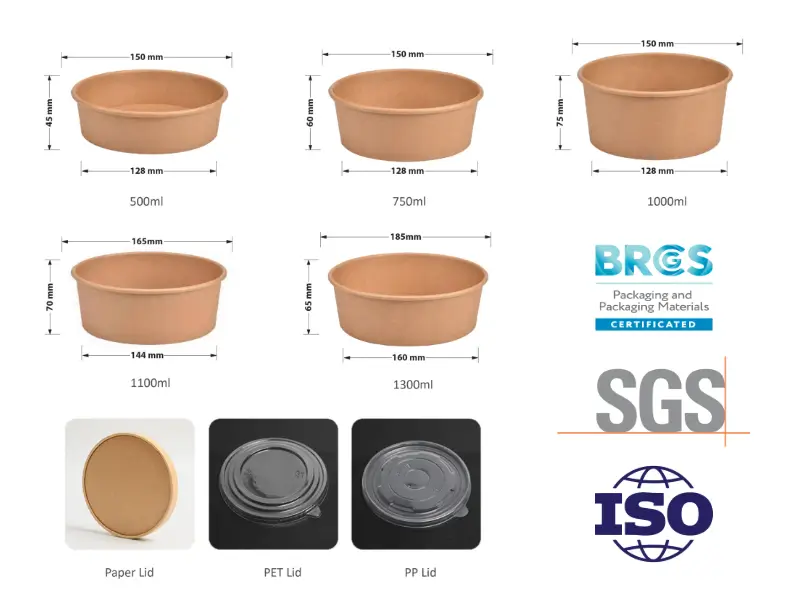
A one-size-fits-all solution rarely works in today’s diverse food industry. That’s why customized microwave-safe paper bowls are quickly becoming the go-to choice. At GMZ, we offer tailored solutions for different types of food businesses—whether you’re a large franchise, a growing delivery platform, or a commercial kitchen operation. Our customization options cover everything from size and structure to coating materials and lid design. For example:
- Flexible size options: We support popular sizes like 8oz, 12oz, 16oz, and 24oz—and can customize volume based on your dish type or portion requirements.
- Custom printing & branding: Add your logo, artwork, or barcodes. Our bowls are compatible with automated packing systems and meet platform labeling standards.
- Choice of coating materials: Select from PLA (eco-friendly), PP (high-heat resistant), or dual-layer coatings for a balance of heat durability and sustainability.
- Microwave-safe PP lids: Our lids feature steam vents, anti-bulge reinforcement, and splash-resistant edges—designed for safe and mess-free reheating.
To ensure quality and peace of mind, all GMZ paper bowls come with food-grade certifications, such as FDA and LFGB. We can also provide third-party heat resistance reports to help you pass audits, meet retail platform requirements, or win tenders with ease.
FAQs about Microwave-Save Paper Bowls
When choosing and using disposable paper bowls, many restaurant owners and kitchen managers run into the same set of questions. Let’s tackle a few of the most common ones to help you avoid mistakes (and headaches).
1. What happens if I use the wrong bowl?
Using the wrong paper bowl in the microwave can lead to more than just a minor inconvenience. For customers, it could mean a collapsed bowl, spilled food, or a lid that suddenly bursts open—none of which leaves a good impression. On the equipment side, low-grade materials may melt and stick to the microwave’s interior, or even cause electrical issues.
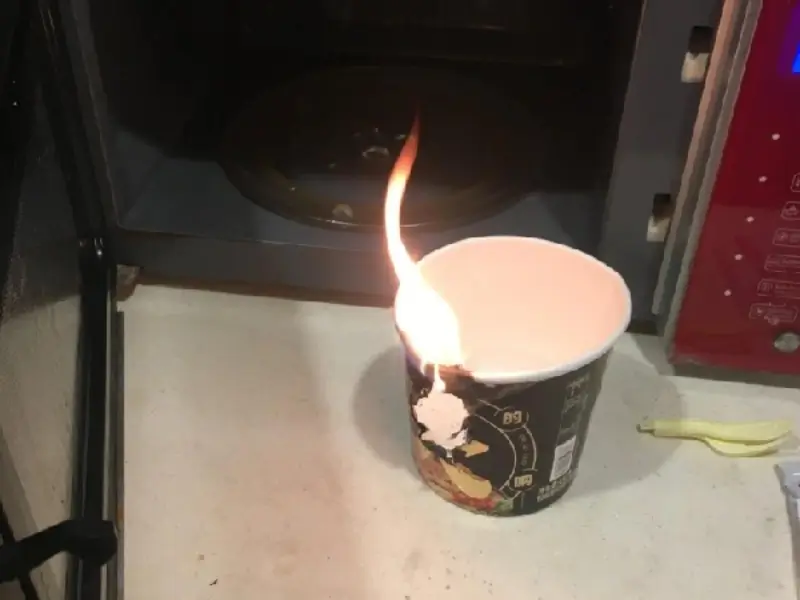
More seriously, if the coating isn’t microwave-safe, it could release harmful chemicals into the food. And in today’s social media world, even one bad customer experience can quickly damage your brand’s reputation. A single paper bowl error might end up costing much more than just a refund.
2. How can I tell if a paper bowl is microwave-safe?
There are several ways to check if a bowl is safe to put in the microwave.
First, look for clear product labeling that says “Microwave-Safe” or similar wording. If it’s not written on the packaging, ask your supplier—reputable manufacturers should be able to provide third-party heat resistance test reports.
You can also perform a simple test at your facility: fill the bowl with water and microwave it for about one minute. If the bowl stays firm, doesn’t leak, and doesn’t release a strange smell, it’s likely safe to use. Just make sure not to test with an empty bowl, as microwaving without contents can lead to energy build-up that distorts the result.
Lastly, knowing the coating material helps—PP and PLA perform better in microwaves than PE. Ensure that any lids used are also made from PP for complete safety.
3. What types of bowls should not go in the microwave?
Any paper bowl that doesn’t clearly state “microwave-safe” should be treated with caution. One common red flag is a PE-coated bowl. PE softens at lower temperatures and may start to melt or emit chemicals when exposed to microwave heat.
Another one to avoid is PET lids. These often look crystal clear and sturdy, but they deform quickly in the microwave and may even melt onto the food. Even if a bowl looks thick or durable, if it doesn’t have microwave safety labeling, it’s best not to take the risk. Stick with tested and certified options to ensure safety and reliability.
Final Thoughts
In the fast-paced food industry, small packaging choices can make a big impact. A paper bowl may seem like a minor detail, but it affects food safety, prep efficiency, customer satisfaction, and even your brand’s reputation. Choosing the right microwave-safe paper bowl means fewer complaints, fewer accidents, and a smoother operation overall. More importantly, it shows your customers that you care about quality.
Looking for microwave-ready packaging for your hot meals? Get in touch with GMZ—we offer safe, reliable, and fully customizable paper bowl solutions trusted by food businesses worldwide.
